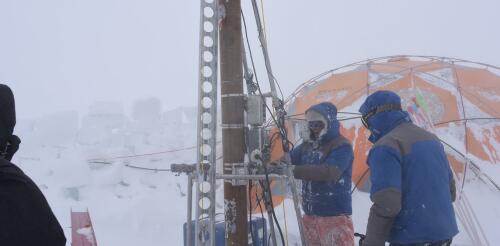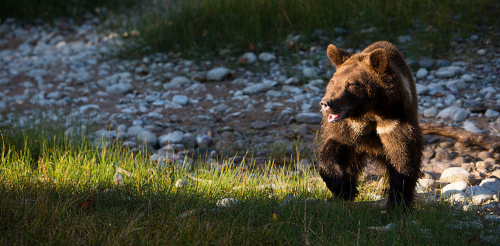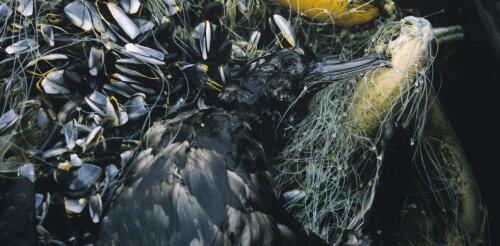STEEHM new research
Did you know that the bananas you eat today are not the same type as the ones people were eating a few generations ago? The banana you might have had with your breakfast today is a variety called the Cavendish banana, while the one that was in grocery stores up to the 1950s was a variety called Gros Michel, which was wiped out by a disease called Fusarium wilt of banana, or FWB. FWB of Gros Michel was caused by Fusarium oxysporum race 1, a fungal pathogen that affects bananas. This fungal infection kills a plant by occupying its vascular system, blocking water and mineral transportation. You would be hard-pressed to find a Gros Michel banana in American supermarkets today. krares/iStock via Getty Images Plus Plant biologists developed the Fusarium-resistant Cavendish variety to replace the Gros Michel. Yet, over the past few decades, a resurgence of FWB caused by a different strain of the same fungu...
As humans alter the planet’s climate and ecosystems, scientists are looking to Earth’s history to help predict what may unfold from climate change. To this end, massive ice structures like glaciers serve as nature’s freezers, archiving detailed records of past climates and ecosystems – including viruses. We are a team of microbiologists and paleoclimatologists that studies ancient microorganisms, including viruses preserved within glacier ice. Along with our colleagues Lonnie Thompson, Virginia Rich and other researchers at the Ice Core Paleoclimatology group at The Ohio State University, we investigate interactions between viruses and their environment archived in ice cores from the Guliya Glacier on the Tibetan Plateau. By linking the genomes of ancient viral communities to specific climate conditions preserved in glacier ice, our newly published research offers insights into how these viruses have adapted to Earth’s shifting climate over the pas...
Montanans know spring has officially arrived when grizzly bears emerge from their dens. But unlike the bears, the contentious debate over their future never hibernates. New research from my lab reveals how people’s social identities and the dynamics between social groups may play a larger role in these debates than even the animals themselves. Social scientists like me work to understand the human dimensions behind wildlife conservation and management. There’s a cliché among wildlife biologists that wildlife management is really people management, and they’re right. My research seeks to understand the psychological and social factors that underlie pressing environmental challenges. It is from this perspective that my team sought to understand how Montanans think about grizzly bears. To list or delist, that is the question In 1975, the grizzly bear was listed as threatened under the Endangered Species Act following decades of extermination efforts and habi...
Aedes aegypti mosquitoes, one of the most common species in the U.S., love everything about humans. They love our body heat and odors, which enable them to find us. They love to feed on our blood to make their eggs mature. They even love all the standing water that we create. Uncovered containers, old tires and junk piles collect water and are perfect for breeding. And with the advent of warm weather across the southern U.S., mosquito breeding season is already underway. Given all the options that Aedes females have in urban areas, how do these cosmopolitan mosquitoes find the perfect site to lay their eggs? Scientists previously thought this was a solitary act, but now research shows that female Aedes aegypti mosquitoes – the main vector in the U.S. for diseases such as Zika, dengue, chikungunya and other viruses – can rely on one another for good reviews of breeding sites. Our Laboratory of Tropical Genetics at Florida International University discovered a new b...
My colleagues and I mapped activity in the northeast Pacific of “dark” fishing vessels – boats that turn off their location devices or lose signal for technical reasons. In our new study, we found that highly mobile marine predators, such as sea lions, sharks and leatherback sea turtles, are significantly more threatened than previously thought because of large numbers of dark fishing vessels operating where these species live. While we couldn’t directly watch the activities of each of these dark vessels, new technological advances, including satellite data and machine learning, make it possible to estimate where they go when they are not broadcasting their locations. Examining five years of data from fishing vessel location devices and the habitats of 14 large marine species, including seabirds, sharks, turtles, sea lions and tunas, we found that our estimates of risk to these animals increased by nearly 25% when we accounted for the presence of dark v...




